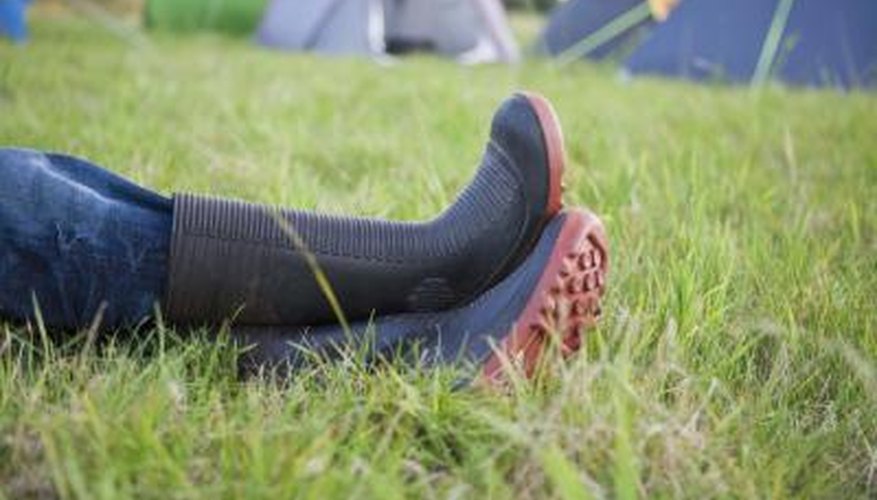As rubber ages, it hardens. This happens when the softening chemicals called "plasticizers" bleed out. The hardening process can take years, but it can be reversed before the rubber gets so brittle that it crumbles. Plasticisers keep rubber in a pliable state for better utility. Silicone spray contains the plasticisers needed to restore hardened rubber to its original suppleness. You can also heat rubber to make it more flexible when cold temperatures have caused it to harden. Automobile window seals commonly suffer from rubber hardening.
- As rubber ages, it hardens.
- The hardening process can take years, but it can be reversed before the rubber gets so brittle that it crumbles.
Spray the rubber with silicone spray. This spray can be found at any camping supply store. Spray until the rubber is soaked. Place the rubber inside an airtight, plastic bag. Use large garbage bags for big pieces of rubber.
Keep the rubber in the plastic bag for three to seven days.
Lift the bagged piece of rubber and bend it to check for pliability. Once the desired suppleness is attained, you can remove it from the bag for use. You might need to repeat this process if the rubber hasn't softened to the extent you desire.
- Spray the rubber with silicone spray.
- Lift the bagged piece of rubber and bend it to check for pliability.
Heat some water in a stew pot on the stove. Heat it until boiling.
Set the stew pot in the sink and submerge the rubber in the water to soften it.
Grip the rubber with a pair of salad or canning tongs and remove it from the water. If you need to touch the rubber at this point, put on a pair of oven gloves or leather work gloves to handle it.
WARNING
Use extreme caution when handling the stew pot containing boiling water to avoid potential burn injury.
